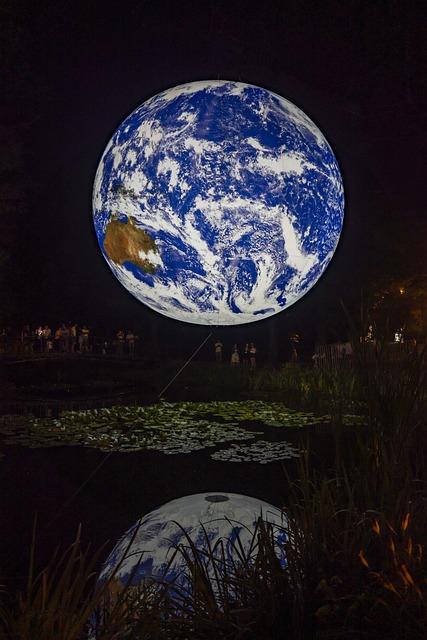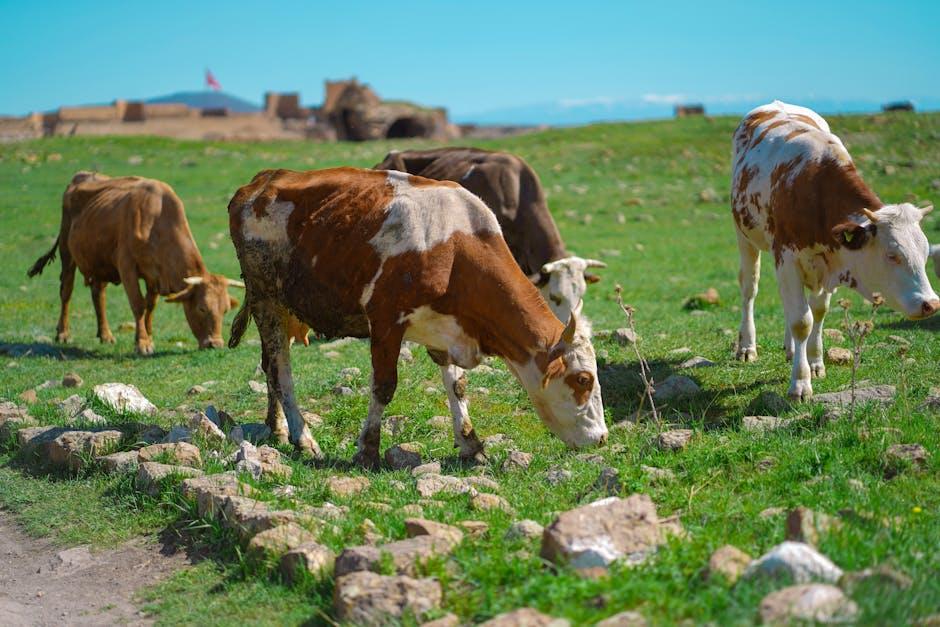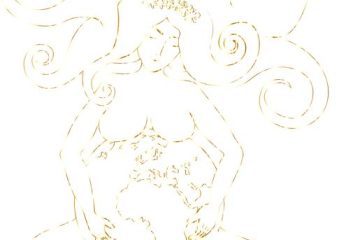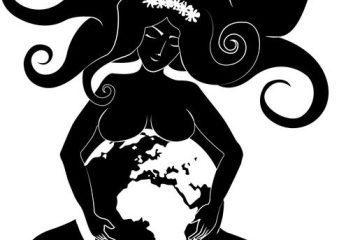In the vast realm of ecological theories, one captivating concept stands out like a verdant oasis in a desert of scientific discourse – the Gaia Hypothesis. This intriguing theory delves into the interconnectedness of Earth’s systems, portraying our planet not as a mere collection of independent parts but as a living, self-regulating entity. Join us on an exploration of this thought-provoking idea that challenges conventional wisdom and invites us to perceive our world in a new light.
Table of Contents
- Exploring the Gaia Hypothesis: A New Perspective on Earth
- Understanding the Interconnectedness of Life on our Planet
- Implications of the Gaia Hypothesis for Environmental Conservation
- Applying Gaia Theory Principles to Promote Sustainability
- Q&A
- Wrapping Up

Exploring the Gaia Hypothesis: A New Perspective on Earth
Have you ever looked at the Earth and wondered if it’s a living, breathing organism? The Gaia Hypothesis explores just that – the idea that our planet functions as a single, self-regulating system. This theory proposes that all living organisms and their inorganic surroundings on Earth are closely integrated to form a complex system that maintains the conditions necessary for life.
**Key Concepts**:
- Interconnectedness of Earth’s systems
- Self-regulation and feedback mechanisms
- Impact of human activities on Gaia
| Concept | Explanation |
|---|---|
| Biotic Factors | Living organisms that influence Earth’s environment |
| Abiotic Factors | Non-living components like water, air, and rocks |
Understanding the Interconnectedness of Life on our Planet
In the intricate web of life on our beloved planet, every organism, from the tiniest microbe to the mightiest whale, plays a crucial role in maintaining the delicate balance of nature. **Plants** harness the power of the sun, **animals** spread seeds far and wide, and **fungi** break down organic matter, all contributing to the grand symphony of life. This interconnectedness, often referred to as the “web of life,” highlights the profound impact each living being has on the ecosystem as a whole.
When we delve into the Gaia hypothesis theory, proposed by scientist James Lovelock, we’re confronted with the notion that Earth is a self-regulating organism, akin to a living being. This hypothesis suggests that all components of our planet, biotic and abiotic, interact in a complex system that works together to maintain optimal conditions for life to thrive. From the exchange of gases in the atmosphere to the intricate dance of predator and prey on land and in the oceans, every element is intertwined, creating a unified and harmonious existence that sustains life as we know it.
Implications of the Gaia Hypothesis for Environmental Conservation
The Gaia Hypothesis proposes that the Earth is a complex, self-regulating system where living organisms interact with the environment to maintain conditions suitable for life. This theory challenges traditional views of Earth as a passive planet and suggests that all life forms, including humans, play a crucial role in shaping and preserving the delicate balance of nature.
By recognizing the interconnectedness of all living beings and their environment, the Gaia Hypothesis brings forth profound implications for environmental conservation efforts. Embracing this perspective can inspire humanity to adopt more sustainable practices, protect biodiversity, and work towards enhancing the resilience of ecosystems worldwide. It underscores the importance of fostering harmony between humans and nature to ensure a thriving planet for future generations.

Applying Gaia Theory Principles to Promote Sustainability
Embracing the Gaia Theory not only fosters a deeper connection with our planet but also offers a holistic approach to promoting sustainability. By integrating the core principles of Gaia, we can strive towards a more harmonious coexistence with nature. One fundamental concept is the idea of Earth as a self-regulating system, where all living organisms and the environment are interconnected and influence each other’s well-being. This interconnectedness underscores the importance of fostering balance and respect for the delicate ecosystems that support life.
Moreover, Gaia Theory emphasizes the significance of feedback loops and cycles within nature. By acknowledging and respecting these natural rhythms, we can work towards sustainable practices that align with the Earth’s inherent processes. From reducing waste and conserving resources to supporting biodiversity and regenerative agriculture, incorporating Gaia Theory principles can guide us towards a more sustainable future where human activities are in harmony with the planet’s ecosystems.
Q&A
**Q&A: Exploring the Intriguing Gaia Hypothesis Theory**
Q: What is the Gaia Hypothesis Theory all about?
A: The Gaia Hypothesis Theory proposes that the Earth is a self-regulating system, where living organisms interact with the non-living components of the planet to maintain conditions suitable for life.
Q: Who came up with the Gaia Hypothesis Theory?
A: The theory was formulated by scientist James Lovelock in the 1970s, suggesting that the Earth functions as a single, self-regulating organism.
Q: How does the Gaia Hypothesis Theory differ from traditional views of the Earth?
A: Unlike traditional perspectives that view the Earth as a passive environment for life, the Gaia Hypothesis Theory posits that the Earth and its inhabitants are interconnected in a complex, dynamic system.
Q: What evidence supports the Gaia Hypothesis Theory?
A: Proponents of the theory point to various observations, such as the Earth’s ability to maintain relatively stable temperature and composition despite external influences, as evidence of a self-regulating system.
Q: Why is the Gaia Hypothesis Theory significant?
A: The theory challenges conventional notions of the Earth and highlights the intricate relationships between living organisms and their environment, sparking discussions about the interconnectedness of life on our planet.
Q: Are there criticisms of the Gaia Hypothesis Theory?
A: Yes, critics have raised concerns about the anthropomorphizing of the Earth and the lack of empirical evidence to support some aspects of the theory, leading to ongoing debates within the scientific community.
Explore the fascinating realm of the Gaia Hypothesis Theory and delve into the boundless connections that shape our world!
Wrapping Up
As we conclude our exploration of the Gaia Hypothesis Theory, we invite you to ponder the intricate interconnectedness of our planet and all its organisms. Whether you see Earth as a living, self-regulating system or simply a collection of diverse ecosystems, one thing remains certain – our actions have a profound impact on the delicate balance of nature. Let us continue to marvel at the beauty of our home, striving to be stewards of this remarkable planet we call Gaia. Join us in our quest to understand, appreciate, and protect the wondrous web of life that surrounds us. Thank you for joining us on this enlightening journey through the Gaia Hypothesis Theory.



0 Comments